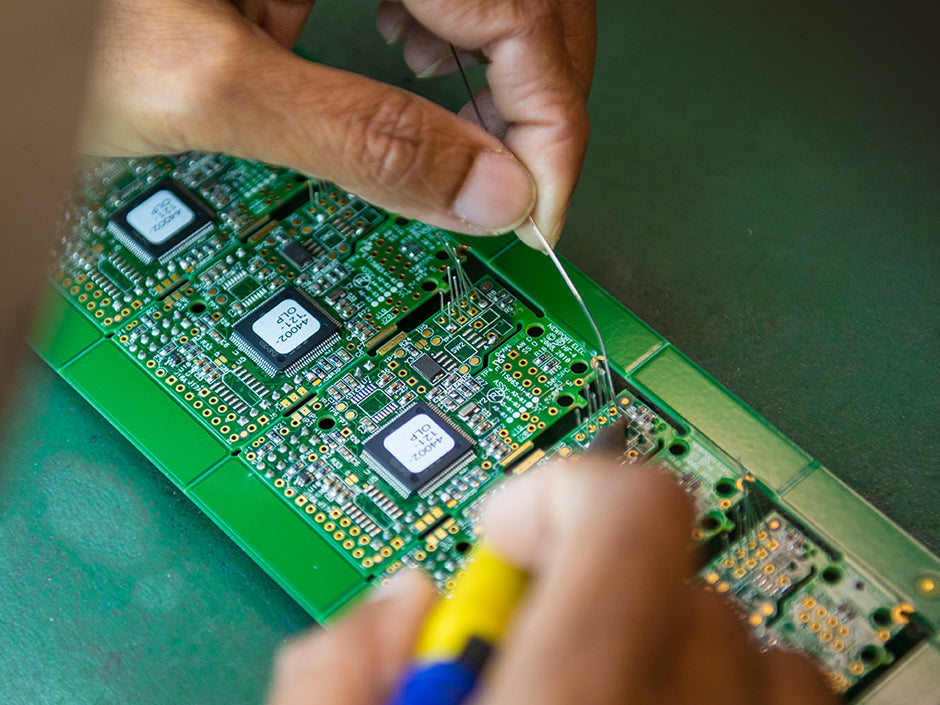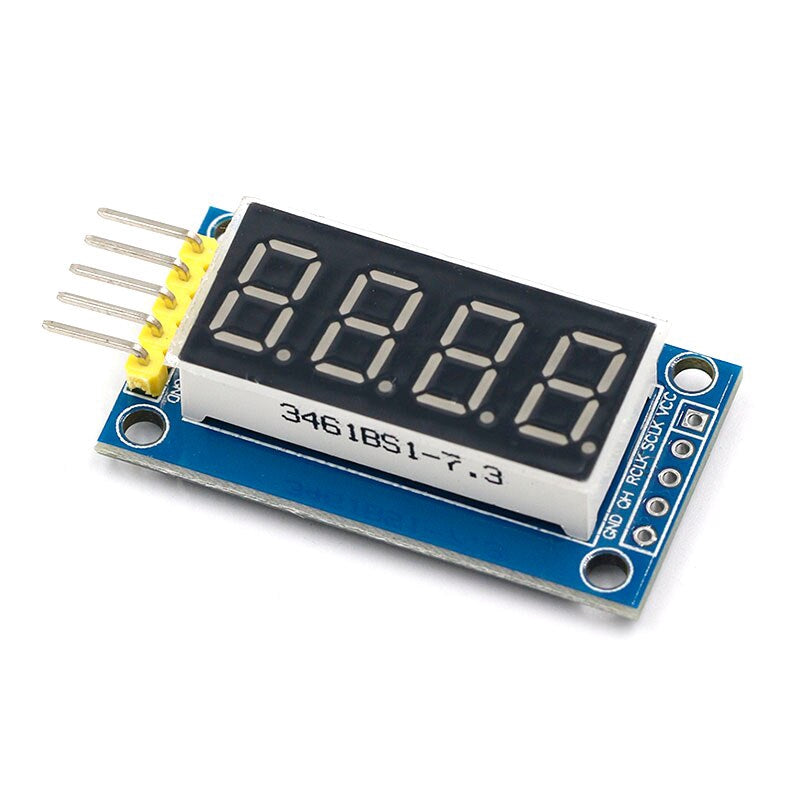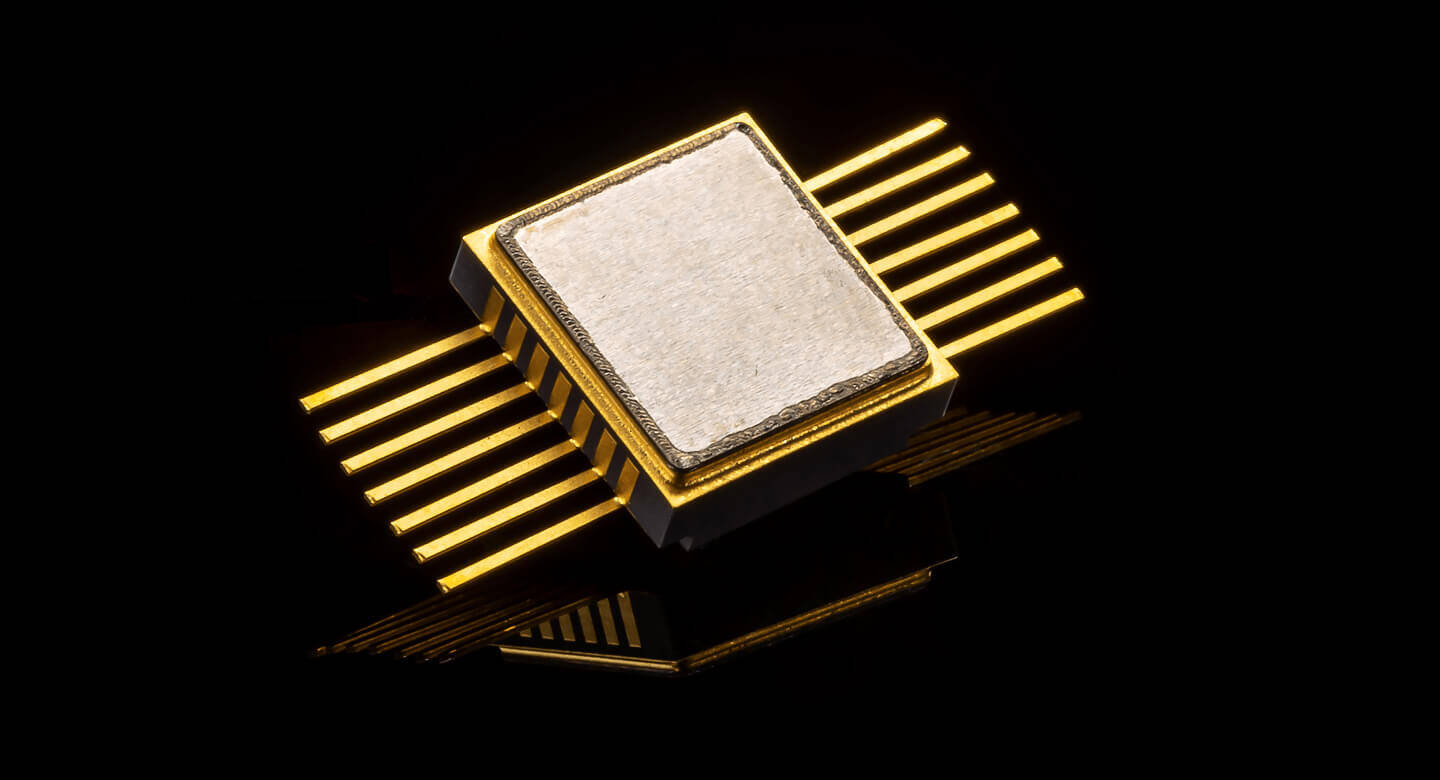
The Ultimate Guide to Structural Adhesive
Share
Structural adhesive plays a critical role in building strong, durable, and reliable connections in various industries. Whether you're working in aerospace, automotive, construction, or DIY projects at home, understanding how to choose and apply structural adhesive can make all the difference in the success of your work.
In this guide, we’ll explore structural adhesives, their types, applications, benefits, and how to choose the right one for your needs.
What is Structural Adhesive?
Structural adhesive is designed to create solid and lasting bonds between two surfaces. These adhesives can withstand heavy loads, stress, and environmental factors, making them essential for applications where reliability and durability are non-negotiable.
Unlike other adhesives that may only bond materials superficially, structural adhesives penetrate the surface, creating a bond that distributes stress across a larger area. This results in a joint that can handle more load and stress, ensuring the longevity and integrity of the bonded materials.
Types of Structural Adhesive
Choosing the suitable structural adhesive depends on the materials you’re working with, the environment in which the bond will exist, and the specific demands of the application.
Here are some of the most common types:
1. Epoxy Adhesives
Epoxy adhesives are among the most versatile and widely used structural adhesives. They consist of two components: a resin and a hardener. They form a rigid, durable bond that can withstand high temperatures, chemicals, and mechanical stress when mixed. Epoxy adhesives are ideal for bonding metals, composites, plastics, and ceramics.
2. Acrylic Adhesives
Acrylic adhesives are known for their fast curing times and excellent adhesion to various materials, including metals, plastics, and glass. They strongly resist environmental factors like UV light and moisture, making them suitable for outdoor applications. Acrylic adhesives are also favored in automotive and electronics industries because they bond dissimilar materials.
3. Polyurethane Adhesives
Polyurethane adhesives are flexible and rigid, making them perfect for applications where materials undergo movement or vibration. These adhesives can bond to various substrates, including wood, metal, and plastics. They are often used in the construction, automotive, and footwear industries.
4. Cyanoacrylate Adhesives (Super Glue)
Cyanoacrylate adhesives, commonly known as superglue, are fast-curing adhesives that provide strong bonds on various materials. While they are not typically classified as structural adhesives due to their brittleness, specific formulations are designed for structural applications, particularly when bonding small components in electronics or medical devices.
5. Methacrylate Adhesives
Methacrylate adhesives are known for bonding metals, plastics, and composites with minimal surface preparation. They offer excellent resistance to impact and fatigue, making them ideal for transportation, marine, and wind energy applications.
Applications of Structural Adhesive
The versatility of structural adhesives makes them applicable in a wide range of industries. Here are some critical applications:
1. Aerospace
In aerospace, structural adhesives bond metal and composite materials in aircraft structures. They help reduce the aircraft's weight while maintaining structural integrity, contributing to fuel efficiency and safety.
2. Automotive
The automotive industry relies heavily on structural adhesives to assemble body panels, attach components, and improve crashworthiness. These adhesives reduce the need for mechanical fasteners and enhance the vehicle’s overall strength and durability.
3. Construction
Structural adhesives are used for bonding materials such as concrete, steel, and glass in buildings and infrastructure projects. They offer superior load-bearing capacity and resistance to environmental conditions, making them essential in modern construction techniques.
4. Electronics
Structural adhesives play a crucial role in the assembly of electronic devices, where they are used to bond components, provide insulation, and protect against environmental factors. The reliability of these adhesives ensures the longevity and performance of electronic products.
5. Marine
In marine applications, structural adhesives are used for bonding hulls, decks, and other components in boats and ships. They offer excellent resistance to water, salt, and UV light, ensuring the durability of marine vessels.
Benefits of Using Structural Adhesive
The use of structural adhesive offers several advantages over traditional mechanical fastening methods like screws, bolts, and welds. Here are some key benefits:
1. Weight Reduction
Structural adhesives reduce overall weight in vehicles, aircraft, and other applications by eliminating the need for heavy mechanical fasteners. This, in turn,improvesd fuel efficiency and performance.
2. Uniform Stress Distribution
Structural adhesives distribute stress evenly across the bonded area, reducing the likelihood of failure at stress points. This is particularly important in applications where the bond is subjected to dynamic loads and vibrations.
3. Improved Aesthetics
Since structural adhesives are applied between surfaces, they create a clean, seamless bond without visible fasteners. This improves the aesthetics of products and structures, which is especially important in consumer goods and architectural applications.
4. Enhanced Durability
Structural adhesives are designed to withstand harsh environmental conditions, including extreme temperatures, chemicals, and moisture. This ensures the long-term durability of the bond, even in demanding applications.
5. Versatility
Structural adhesives offer unparalleled versatility with the ability to bond a wide range of materials. Whether you’re working with metals, plastics, composites, or even glass, there’s a structural adhesive designed for your specific needs.
How to Choose the Right Structural Adhesive
Selecting the suitable structural adhesive involves considering several factors:
- Material Compatibility
Ensure the adhesive is compatible with the materials you are bonding.
- Load Requirements
Consider the mechanical stresses the bond will need to endure.
- Environmental Conditions
Choose an adhesive that can withstand specific environmental conditions, such as temperature, humidity, and chemical exposure.
- Curing Time
Depending on your project timeline, the adhesive's curing time may be a crucial factor.
- Application Method
Some adhesives require specialized equipment, while others can be applied by hand.
Key Takeaways
Structural adhesive is a powerful tool in the world of engineering and manufacturing, offering a reliable and efficient way to create strong, durable bonds. By understanding the different types of structural adhesives and their applications, you can make informed decisions that ensure the success and longevity of your projects. Whether building an aircraft, assembling a car, or tackling a DIY project, a suitable structural adhesive can make all the difference.
Visit American Farfield Inc. today to explore top-quality structural adhesives and expert solutions tailored to your needs!




